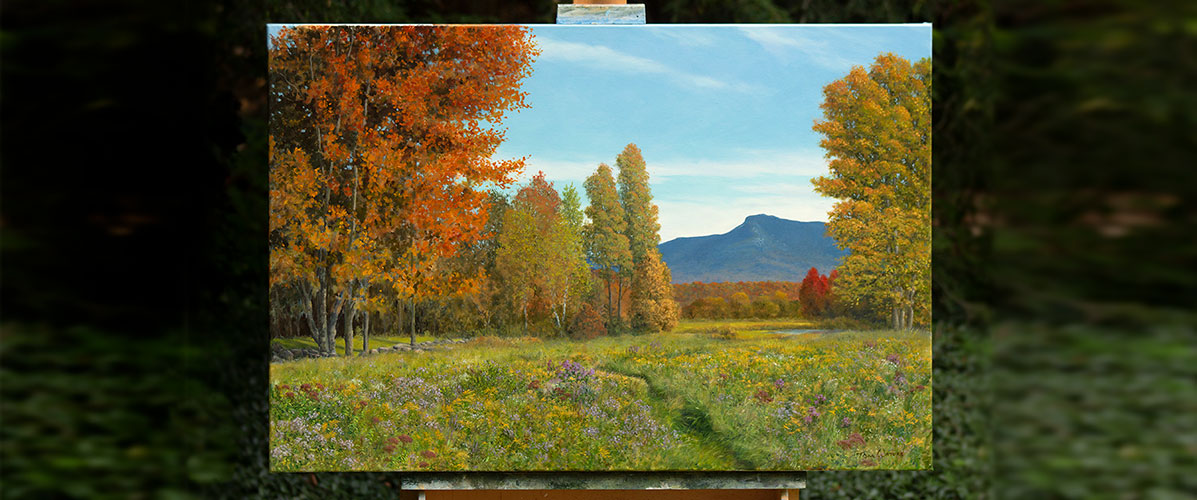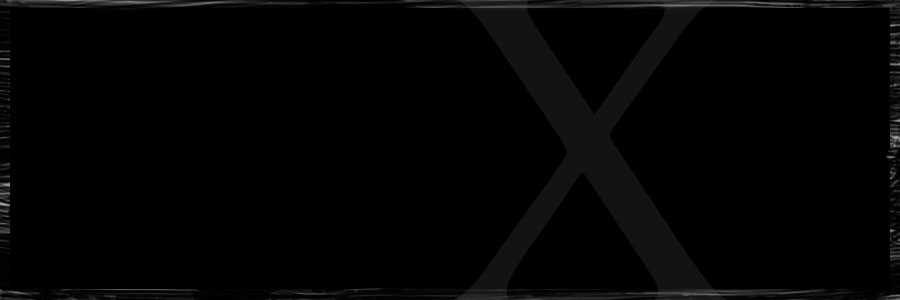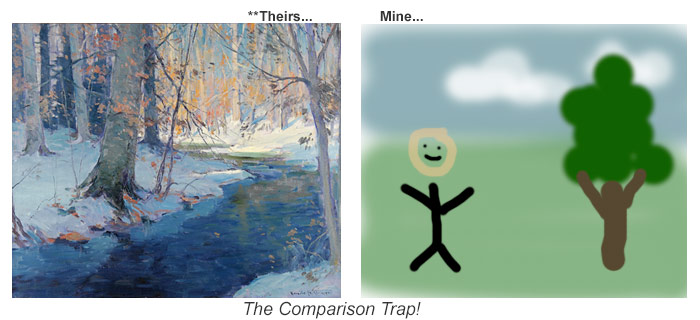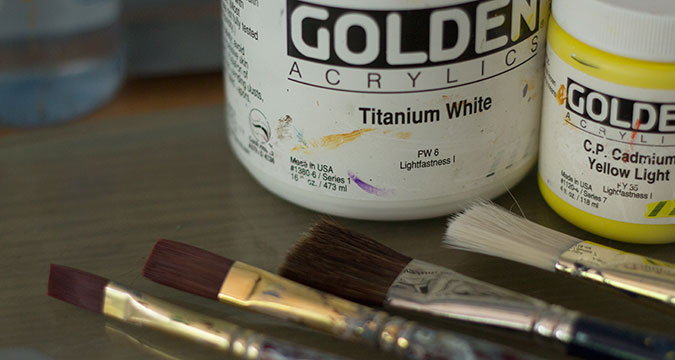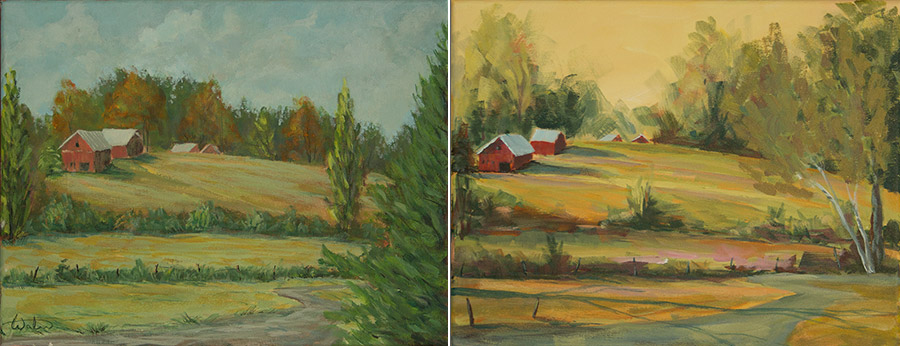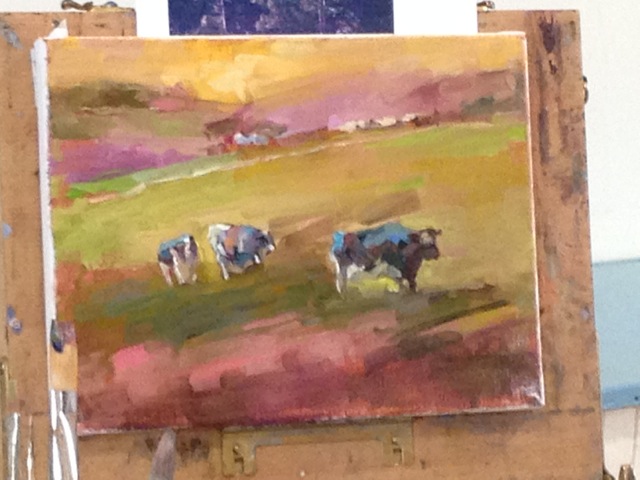Jump! How that one word changed my career as an artist.
Artists love to create. It’s what drives us to express ourselves in one form or another. It’s rewarding. It’s fun. It’s challenging. So why do so few artists succeed at being …. an “Artist?”
When I started painting again it was for fun. I enjoyed the process of choosing what to paint, and the challenge of trying to turn a 2-dimensional collection of canvas and colored pigment into something that expressed feeling, captured a moment, or was just satisfying to look at. But being an “Artist”? You know, actually pursuing art as a way to support myself? Let’s get real.
Like many, I had grown up to believe art was something you did if you didn’t want to eat regularly. Or if you could live off of your relatives. Being an artist, a musician, a writer, a poet, these are things people living on the fringe did. It just wasn’t a realistic career path. I was afraid of taking it seriously. I kept listening to all those voices that said being an artist wasn’t a real option.
